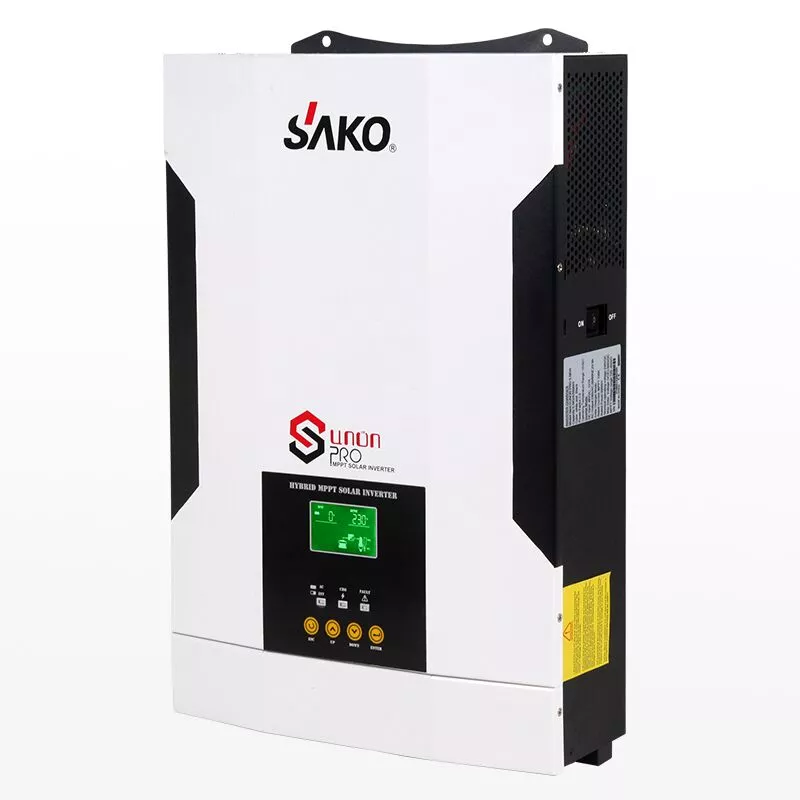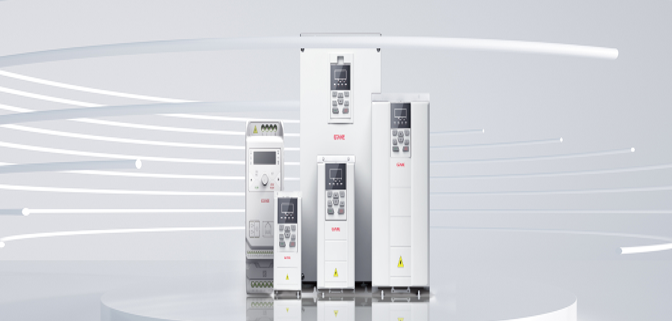Environmental Stress Crack Resistance in Polyethylene Compound Explained

Polyethylene compound has emerged as a versatile and highly sought-after material, offering exceptional durability and performance in various industries. This blog will delve into polyethylene compounds, shedding light on their production process, properties, and, most importantly, their remarkable environmental stress crack resistance. As you explore the possibilities of polyethylene compound, Sunua, a renowned provider of high-quality materials, stands ready to meet the needs of companies purchasing, seeking agents, or distributors.
What is Polyethylene?
Polyethylene is a widely used thermoplastic polymer created through ethylene molecules’ polymerization. It is classified into different types based on its density, such as high-density polyethylene (HDPE), low-density polyethylene (LDPE), and linear low-density polyethylene (LLDPE). Each class offers distinct characteristics and benefits depending on the intended application.
How is Polyethylene Made?
Polyethylene is produced through a polymerization process where ethylene gas is subjected to heat and pressure, forming long chains of ethylene molecules. The polymerization process can be carried out using various methods, such as high-pressure polymerization, low-pressure polymerization, or a combination of both. These methods allow for producing polyethylene compounds with different properties to suit specific applications.
How do Polyethylene Materials Resist Weathering and Damage?
One of the most remarkable characteristics of polyethylene compounds is its resistance to environmental stress cracking. Environmental stress cracking refers to forming cracks or failures in a material when subjected to mechanical stress and exposure to chemicals or environmental factors over time. Polyethylene compounds, particularly HDPE and LLDPE, demonstrate excellent resistance to such cracking.
The environmental stress crack resistance of polyethylene is attributed to its unique molecular structure. The long chains of ethylene molecules provide flexibility and resilience, allowing the material to absorb and distribute stress more effectively. Additionally, polyethylene’s chemical resistance protects it from damage caused by exposure to aggressive chemicals and environmental factors such as moisture, UV radiation, and temperature fluctuations.





